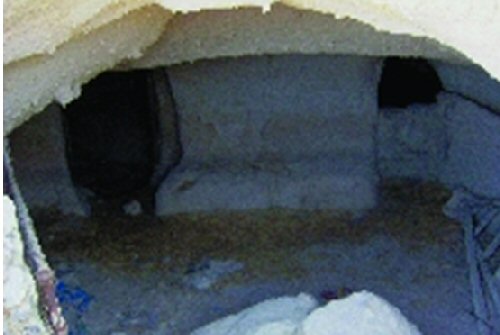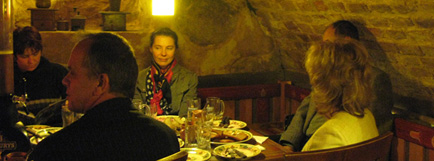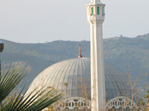Christian Catacombs
Milos Christian Catacombs are an incredibly significant monument to Christianity, dated in the first century AD. In the vicinity of the Ancient City of Klima on Milos, 150 meters above sea level, on a comparatively steep hillside, are the Catacombs of Milos. This was the meeting place of the early Christians, where they held their religious ceremonies and buried their dead, out of sight of the pagans of that time and their persecutors. They are the largest examples in Greece and among the most remarkable in the world, together with the catacombs in Rome and the Holy Land. The Catacombs were dug out of volcanic tufa, (a relatively soft rock), and form a magnificent early Christian monument, which indicates that Christianity was established on the island in the 1st century, developing greatly during the 3rd and 4th centuries A.D.

The catacombs were discovered by illicit antique dealers and became known after they had been pillaged in 1840. There are three chambers linked by five corridors and a dead end passage, making up a labyrinth which is currently 185 meters long. These were all open to but today, only the 2nd chamber, the «presbytery», can be visited by the public. Inside the catacombs, vaults can be seen in the walls which contain graves, and the floor has been used for this same purpose. The latest number of vaults recorded was 126 and it is estimated that thousands of people were buried here. Each grave was lit by an oil lamp but today lighting is electrical though discrete, evoking the atmosphere of the past.











